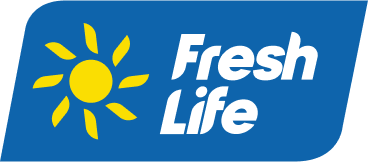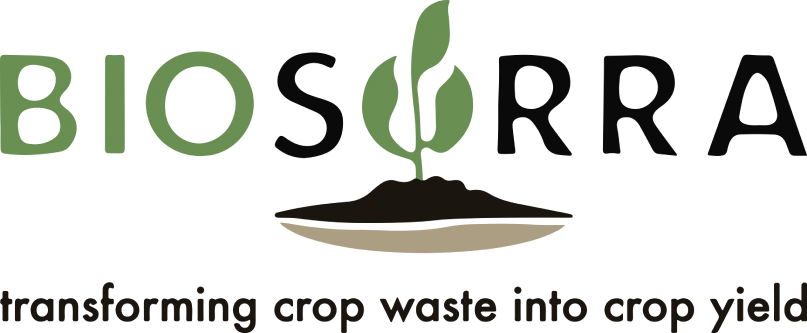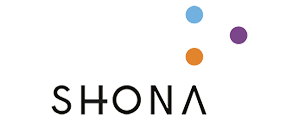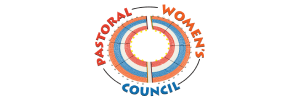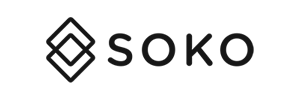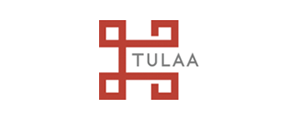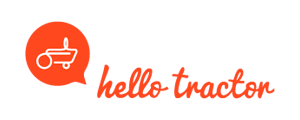
How digging into our start-up roots helped us chart our best path forward.
By Molly Burke | CEO of Cycle Connect
Growing up is something we all navigate in our personal lives, but its also a reality start-ups must face. And much like pushing through this process as a human, a big part of maturing as an organization is asking ourselves, “Who are we?”
It turns out, the act of posing this question, thoughtfully answering it, and clearly defining why we exist is critical to being able to go where we want to go.
IT STARTED WITH A BICYCLE…
The Cycle Connect journey began when we saw a huge void in transportation for people living in Uganda’s most rural areas. The barrier to freedom, empowerment, and opportunity that distance created for millions of Ugandans was glaring – and we wanted to do something about it. So we initially set out as a lease-to-own bicycle distributor for those living and working in the last mile.
During our first full year in operation, we validated that a bicycle was able to simultaneously create access to critical resources and increase income for the bicycle owner. We also had a few key realizations: First, 100% of the last-mile clients we sought to serve were smallholder farmers. Second, they weren’t benefitting from the markets that already exist. Third, they had a desire to acquire additional income-generating products on loan.
But our offering was singularly focused on bicycles at that point. If our clients wanted other products, they would need to turn to microfinance institutions (MFIs) or banks. Were we limiting ourselves and our clients? Was distributing bicycles who we really were? Or was it simply what we did? It was time for introspection.
Clearly defining why we exist is critical to being able to go where we want to go.
… BUT IT WAS ALWAYS ABOUT PEOPLE
As a social enterprise with an impact-first model, ensuring our clients improve their own lives is our primary concern. And the bicycles were our initial – and successful – means to that end. But our clients were expressing a desire for more.
Reflecting on this truth, we recognized that bicycles alone wouldn’t allow us to achieve a full breadth and depth of impact. They also likely couldn’t bear the total weight of meeting our other chief goal: financial sustainability. Bicycles only scratched the surface of the opportunity we could unlock – for us and our clients.
We had a clear choice of where to go: grow our product offering. But to properly chart the path ahead, we first needed to think through why we existed and further define who we really were. In the early days of our start-up, we would often repeat the phrase “Distance should not be a barrier to access and opportunity.” Our aim was to break down the barrier of distance. And we were indeed doing this by providing a means of transportation.
But what do we uniquely provide that no one else can or does? Where do these uniques expand beyond the bicycles themselves? What about our model – vs. our product – answers the needs and demands of our clients? And if we stepped away, what would be left vacant?
PEDALING TOWARD SUCCESS
With an eye on both impact and sustainability, a new question arose as we began to map out the product expansion: What would success look like?
We decided that if we truly were able to unlock access and opportunity for rural Ugandans, the result would be a world where everyone in the last mile had the means to thrive – not just survive. And with this vision in mind, we next had to ask ourselves: What do we need to do in the present to reach this future state?
The reality is, the agricultural value chain is broken in Sub-Saharan Africa. In fact, 25% of the world’s most arable land comes from the region, yet only 10% of the world’s agricultural outputs do. That’s a significant gap – one that could be transformed if we looked at the millions of smallholder farmers in Uganda alone that are being left off the table by conservative market solutions.
We saw this exclusion again and again in the customers we served, like Lamaro Kevin who was now able to transport her crops to the market with her bicycle but asked us, “What next?” If the bicycle helped Lamaro get this far, couldn’t we be an entity that helped her realize her fullest potential
The problem is vast. But ultimately it’s made up of millions of Lamaros – farmers who have significant potential to improve how they till their land, plant their crops, harvest their goods, store them, and then get them to the market.
That’s when we truly realized the power of our model. It was not about the bicycles, but the means by which we were getting those bicycles into the hands of our clients. We knew we could unlock access and opportunity through the financing of income-generating assets for smallholder farmers. And that’s where we are today.
Getting on the ground, deeply understanding who you’re serving, and figuring out how you fit into the broader landscape is transformational.
WHO YOU ARE, WHERE YOU WANT TO GO
Defining who you are is a careful balance of knowing your customers and their innate challenges, but also understanding the market dynamics. For us, there was a clear connection to how millions of clients like Lamaro can influence a regional economy. But before we could fully serve them, we had to reflect upon what we uniquely brought to the market, why it would be useful to a strong customer base, and how it could impact a larger landscape.
And we sought out partners who value this theory as well – those who also believe that getting on the ground, deeply understanding who you’re serving, and figuring out how you fit into the broader landscape is transformational.
That’s why we gravitated towards Pace Able Foundation, and how we know they’re a strong stakeholder in and champion for Cycle Connect’s growth. It’s allies like Pace Able who ask questions before offering answers. And in turn, provide the most insightful responses. If you don’t understand who you’re serving, then how can you know who you are or where you’re going?




